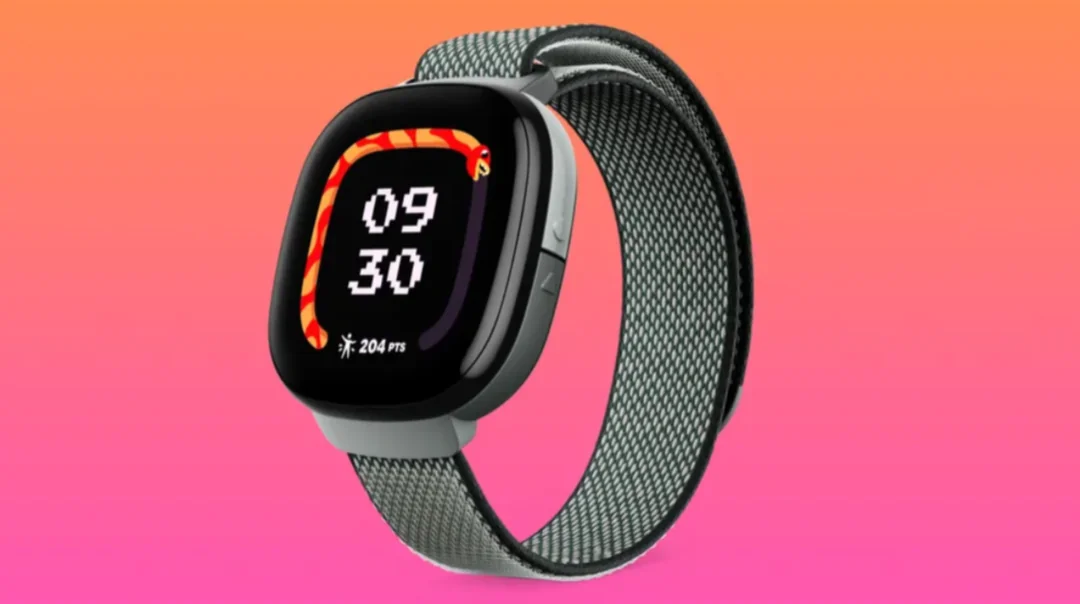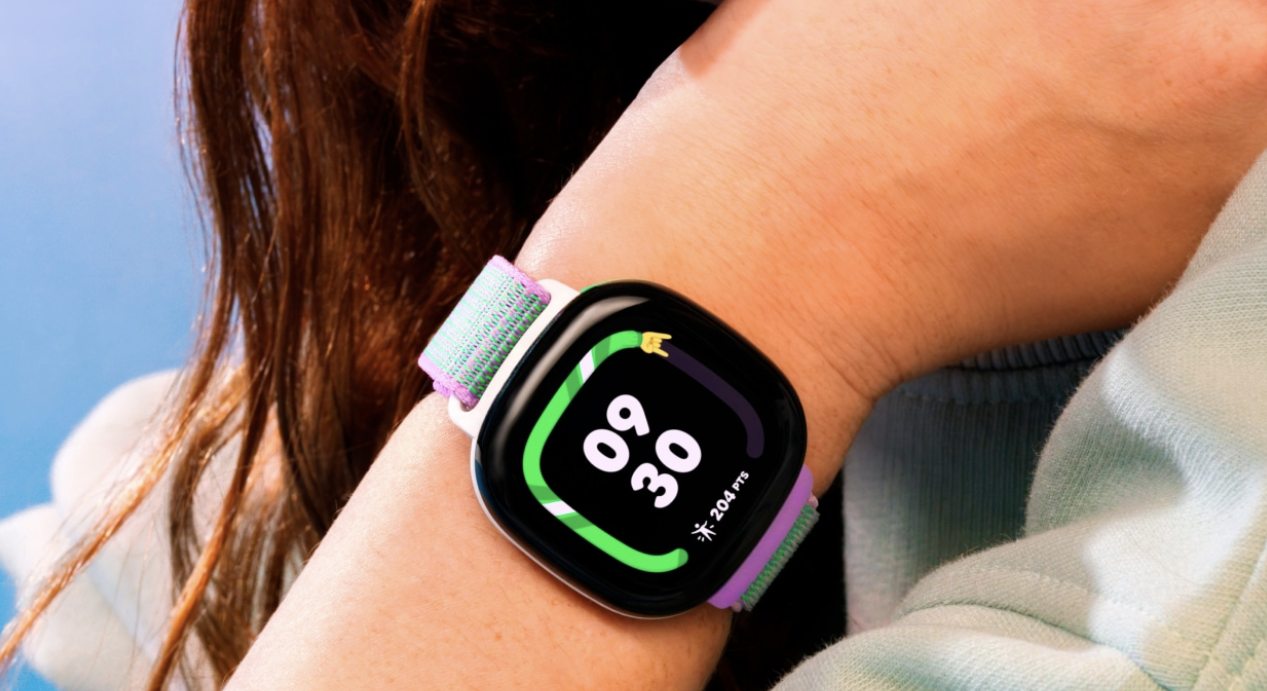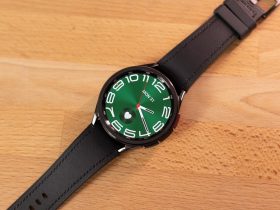The Fitbit Ace LTE smartwatch, designed for children ages 7 and up, offers features that seem to address common parental concerns: GPS tracking, approved contact communication, and no exposure to social media or third-party apps.
This device is intended to keep children active through gamification, rewarding them with games and in-watch perks as they increase their physical activity. This approach aims to address the growing concern of sedentary behavior in kids who are often engrossed in screens.
Despite its appealing features, the Ace LTE has raised concerns among experts about its potential downsides. Dr. Jenny Radesky, a developmental pediatrician, expresses worry that the watch might encourage a new form of gaming obsession, as children are rewarded based on their activity levels. This could lead to an unhealthy fixation on exercise goals rather than fostering a balanced attitude towards physical activity.
The Ace LTE’s design includes features intended to make it safe for children. It does not connect to the internet directly, but rather through the Fitbit Ace app, which ensures that only approved contacts can communicate with the child. However, this still raises concerns about the potential for tech-driven distractions and the impact of constant engagement on a child’s overall well-being.

Parents, like Ilan Eframian, who have used the Ace LTE with their children have noted some benefits, such as enhanced connectivity and the ability to monitor their child’s location. Eframian appreciates the GPS tracking feature for keeping tabs on his daughter’s whereabouts and the watch’s ability to limit game access during school hours, which he finds beneficial for managing her screen time.
However, there are features, like the eejie character in Bit Valley, that some experts find troubling. This character requires regular attention and interaction, which might unintentionally promote excessive device engagement. Critics worry that this could contribute to a new gaming habit, shifting focus away from physical activity towards maintaining the virtual pet.
Amanda Lenhart from Common Sense Media highlights the potential risks associated with engaging features that keep children constantly interacting with their devices. She suggests that while such features are good for business, they may not be ideal for fostering healthy device-detachment habits in children.
Google, which owns Fitbit, asserts that the watch’s gamification is intended to make physical activity enjoyable and to encourage consistent effort without focusing on metrics or high scores. They claim to have incorporated expert feedback to mitigate risks, but the effectiveness of these measures remains debated.
The variability in children’s responses to digital devices complicates the issue. Some children might thrive with the Ace LTE, using it as intended to boost their activity levels, while others could become fixated on their goals, potentially leading to issues with overexercise or unhealthy habits.
Dr. Jason Nagata raises concerns about the potential for devices like the Ace LTE to exacerbate pre-existing issues related to body image or exercise habits. He warns that children with a tendency towards extreme behaviors might struggle with the device’s incentives, making it crucial for parents to monitor their child’s response carefully.
While the Fitbit Ace LTE offers a promising approach to encouraging physical activity among children, it also presents several challenges. Parents must weigh the benefits against the potential drawbacks and be prepared to actively manage their child’s use of the device to ensure it supports their well-being rather than detracting from it.







Leave a Reply